#mdraw
Text


Parallels.
I really like this theory where Kinger knows the warning signs of his companions getting near abstractions, I think it’s pretty accurate..
—
Credits -
TADC belongs to - @gooseworx
—
#mdraw#tadc#tadc fanart#tadc kinger#tadc queenie#tadc kinger x Queenie#kinger x queenie#tadc checkmate#checkmate tadc#I ship them and I want them to go through all the stages of grief#tadc kaufmo#the amazing digital circus kaufmo#Kaufmo#Kinger#Queenie
2K notes
·
View notes
Text
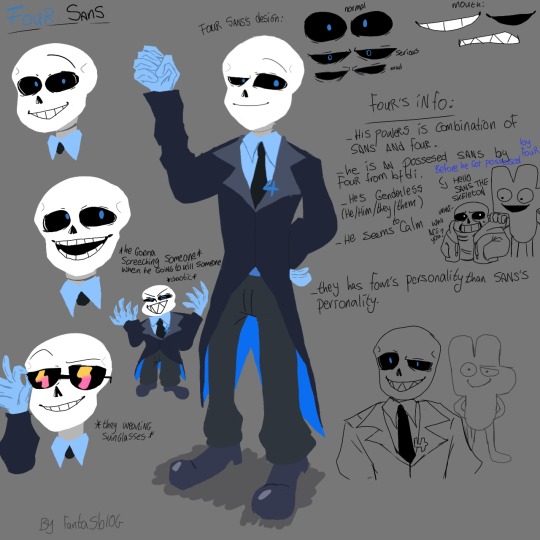
I made new sans named four sans,He is an possesed sans (between four from bfdi and sans)
• reference and his informations
Characters:
-four sans by Me
-sans belongs to toby fox
-four from battle of dream island by jacknjellify
#undertale au art#au undertale#sanses#sans art#my art#sans au oc#sans oc#four bfb#four bfdi#bfdi au#crossover au#utmv#utmv au#utmv art#undertale au#digital#mdraw#digital art#digital drawing#four fanart#ut sans#utau art#ut oc#utau#utau fanart#undertale multiverse#undertale alternate universe#dibujo digital#sans au art#possesed
26 notes
·
View notes
Note
here ya go here’s the snacks
*hands over a comically large chicken drumstick*
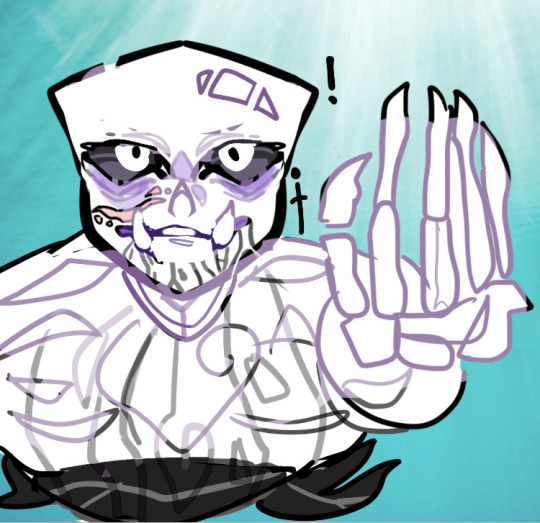
* …
* Cross seems to.. remember something for a moment ?
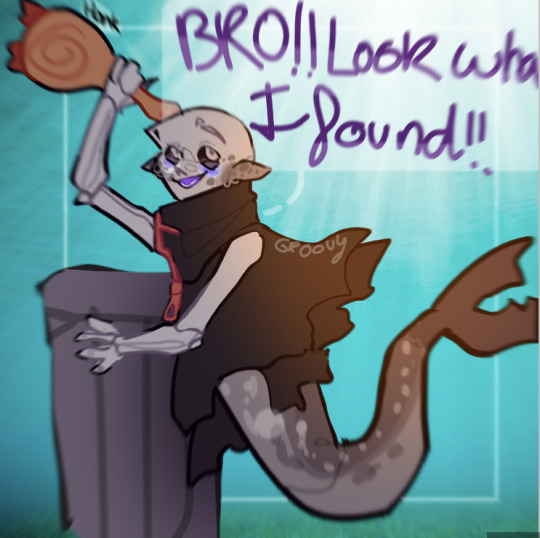
* …

* Cross.. tears up ?
37 notes
·
View notes
Note
"awe- shoku whats wrong? Cant you recognize me? Can i come in..?"

“Kalmia..?”
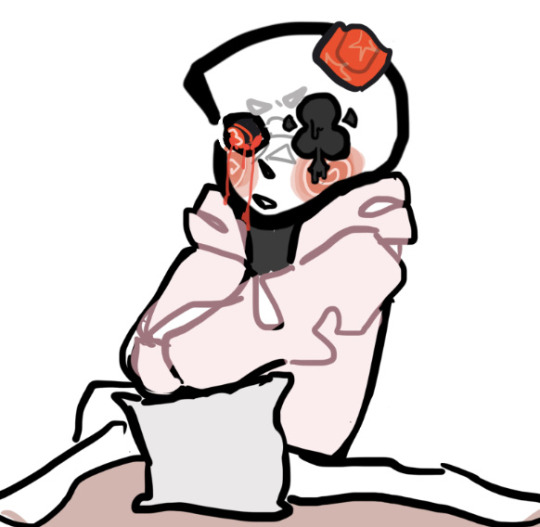
“Of course I recognize you dummie..”

“Yes you can come in..”
6 notes
·
View notes
Text

Crown Prince Wilhelm of Sweden Wille
#i'm not really happy with this one but i don't know how to fix it and i'm ready to move on#but i also spent too many hours on it not to post it#the mortifying ordeal of having your meh art be known#i was done with it by the time i reached the sweater can you tell#young royals#young royals spoilers#mdraws
112 notes
·
View notes
Text
he's got that boyish look that i like in a man.....i am an architect i mdrawing up the plabs. it's like im seventeen no one understands.... No one. Under. Stands.
2 notes
·
View notes
Photo




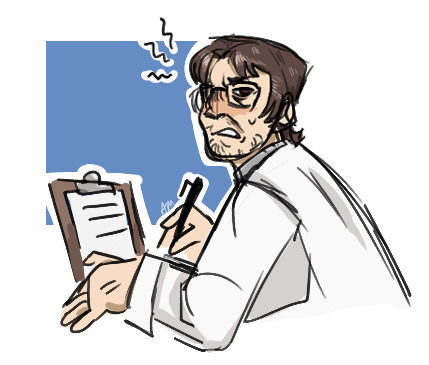
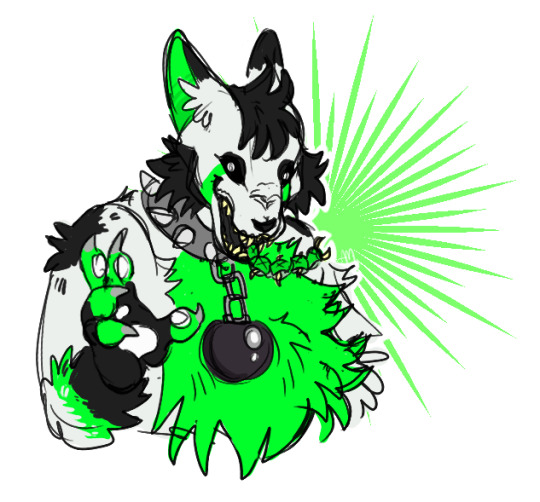
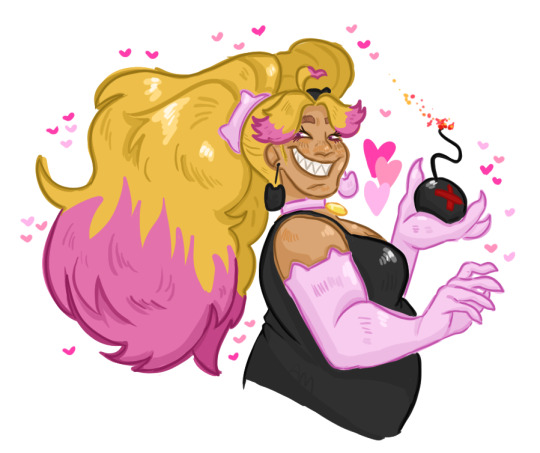
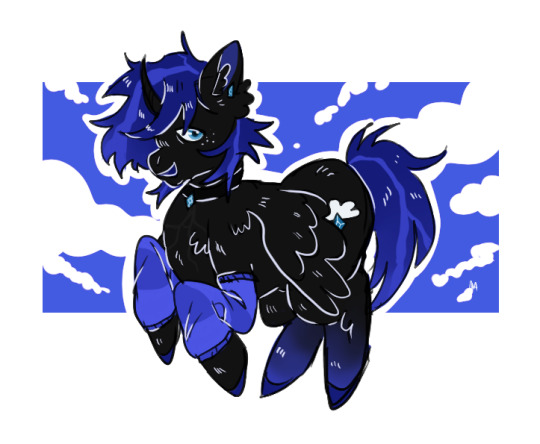


second batch of af attacks ^^
character credits in order; @f1ftyfoh , @caffstrink , @lobster-lover , soulmining on AF, @rockabillywonder , @fruity-science , phdreamy on AF, @obscure-entity , @mdraws , SmileSweetsRaccoon on AF, Struptart on AF, PoddleWasIt on AF, rrockyrainbowzz on AF, @taffybuns , citricclown on AF, @ocelot345 , Mango-Mustelid on AF, Fpoon on AF
64 notes
·
View notes
Text
DARLING coming up on the shuffle while i mdrawing :)
2 notes
·
View notes
Text
Native American sign language: Illustrated guides to 400 gestures - Click Americana
Native American sign language: Illustrated guides to 400 gestures - Click Americana
The illustrations here show how to communicate using Native American/'Indian' sign language, and come from two vintage sources: one in the '50s, and the other from the '20s.
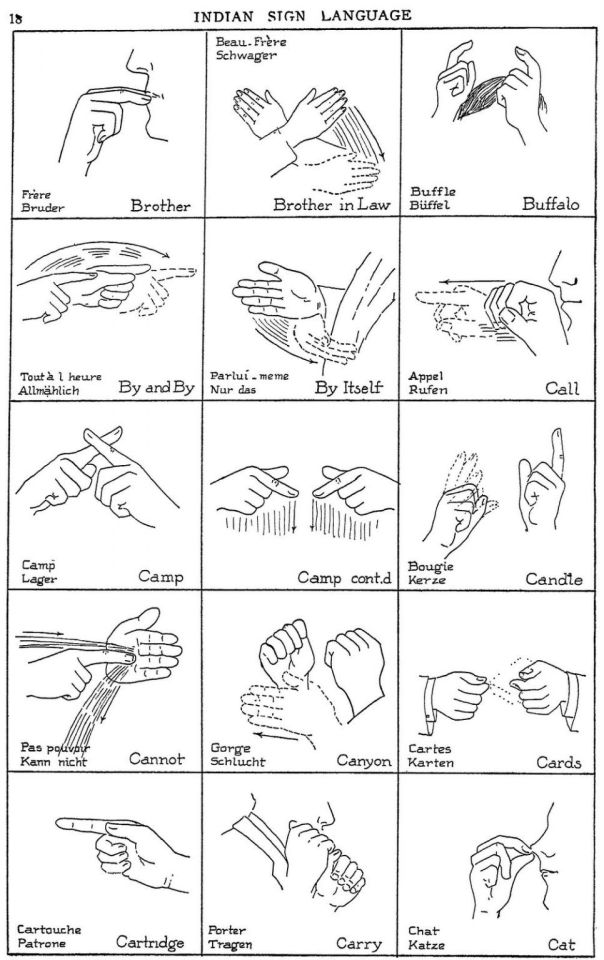
These native American quotes will change your life
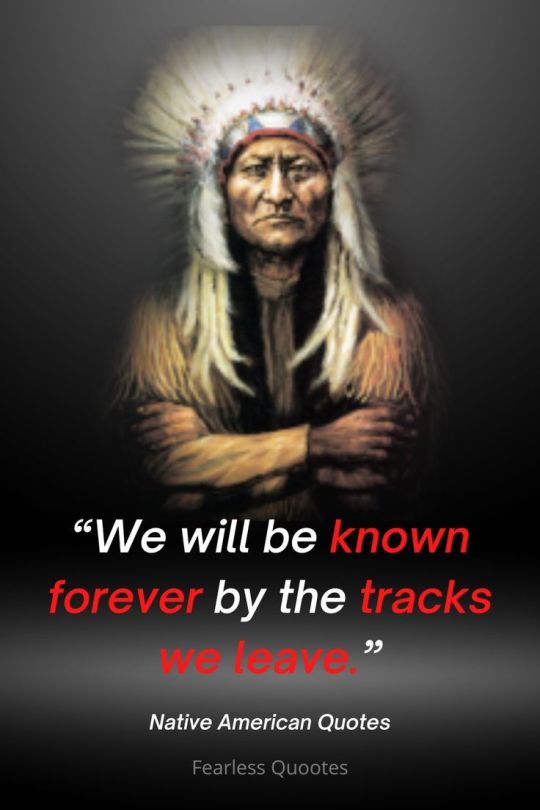

75 Native American Names for Your Little One
If you're looking to give your little one a Native-American name, you're in luck. Here are the top names for boys and girls, along with some gender-neutral options. You can also find out the meanings and origins of each name.

The illustrations below showing how to communicate using Native American/”Indian” sign language, come from two vintage sources — one in the ’50s, and the other (more comprehensive guide) from the ’20s.Indian sign language (1954)From The Golden Digest, Issue 1 (1954)Once we had many Indian tribes in our country. They did not all speak the same language. But with sign language, one tribe could understand another. Here are some things they would say. Words shown: Sunset, yes, I/me/my, go/go away, horse/horse rider, buffalo, man, rising sun, tipi, you, nightNative American/American Indian signs: Illustrations of hand movements (1926)Drawing key/guide to hand gestures & words starting with English letter AR indicates right hand. L indicates left hand. Arrow shows movement.Drawing key/guide to hand gestures & words starting with English letters A & BDrawing key/guide to hand gestures & words starting with English letters B & CNumbers and counting in American Indian sign languageCOUNTING. The system of tens is universally used by our Indians in enumeration.In counting from one to ten, the usual way is to hold the closed right hand in front, the back towards and about height of shoulder, edges of hand pointing up; for one, the little finger is extended; two, the third; three, second; four, index; five, thumb; keeping fingers extended, separated, and pointing upwards; six, bring the closed left hand at same height, equally advanced, and near right, and extend the thumb; seven, extend left index; eight, second finger; nine, third finger; ten, little finger.For twenty, open and close both hands twice. Many tribes indicate a number of tens by first making the sign for ten, then hold extended left hand horizontally in front of body, and draw the tip of extended right index from base over the back of each finger to its tip, each motion of this kind representing ten and going as far as fifty; then holding the right hand in similar manner, mark the backs of its thumb and fingers with tip of left index to indicate from sixty to one hundred.For counting hundreds, hold up both 5 hands with both thumbs touching, hands held near right shoulder; then swing in a circle across to left and downwards. A number of hundreds are counted on backs of hands same as in counting tens, first indicating that you are now dealing with hundreds.Drawing key/guide to hand gestures & words starting with English letter DDrawing key/guide to hand gestures & words starting with English letters E & FDrawing key/guide to hand gestures & words starting with English letters F & GDrawing key/guide to hand gestures & words starting with English letters G & HDrawing key/guide to hand gestures & words starting with English letters H & IDrawing key/guide to hand gestures & words starting with English letters J, K & LDrawing key/guide to hand gestures & words starting with English letters L & MDrawing key/guide to hand gestures & words starting with English letters M, N & ODrawing key/guide to hand gestures & words starting with English letters O & PDrawing key/guide to hand gestures & words starting with English letters P & QDrawing key/guide to hand gestures & words starting with English letters Q & RDrawing key/guide to hand gestures & words starting with English letters R & S Drawing key/guide to hand gestures & words starting with English letters S & TDrawing key/guide to hand gestures & words starting with English letters T, U, WDrawing key/guide to hand gestures & words starting with English letters W & YNative American/American Indian sign language guideBlack & white sign drawings above and the text below comes from Universal Indian Sign Language, by William Tokins (published in 1926)When a boy, from 1884 to 1894, the author lived on the edge of the Sioux Indian Reservation in Dakota Territory, located at Fort Sully, Cheyenne Agency, Pierre, and surrounding sections. He worked on the cow range and associated continuously with Indians. He learned some of the Sioux language, and made a study of sign. Since then, for many years, the interest has continued, and all known authorities on sign have been studied, as well as continued investigations with Blackfoot, Cheyenne, Sioux, Arapahoe, and other Indians of recognized sign-talking ability.Of later years this effort has been inspired by the fact that there does not exist today any publication in print that can readily be obtained, covering exclusively the so-called Universal Indian Sign Language of the Plains Indians of North America.There is * sentiment connected with the Indian Sign Language that attaches to no^ other. It is probably the first American language. It is the first and only American universal language. It may be the first universal language produced by any people. It is a genuine Indian language of great antiquity. It has a beauty and imagery possessed by few, if any, other languages. It is the foremost gesture language that the world has ever produced.The author has lectured on Indian problems to many audiences, and at all times the keenest interest was shown in sign language demonstrations, and he has been requested, hundreds of times, to make the record permanent, and to thereby preserve and perpetuate the original American language which otherwise is fast passing away…Owing to the idiomatic form of the language, there are certain fundamental differences which must be remembered. Every interrogation is made either wholly or in part bv the question sign. Instead of saying “Where are you going?” the signs would be, QUESTION, YOU, GOING. Instead of “What do you want?” the signs would be QUESTION, YOU, WANT. The sign for “question” covers the words WHAT, WHERE, WHY and WHEN. It is made to attract attention, to ask, to inquire, to examine.The old-time Indian never used the terms “Good morning,” or “Good evening,” but had his own forms of greeting. The Sioux vocal language uses the term Mow Coula?” meaning “How do you do, my friend?” The modern educated Indian uses the terms of the white man: so we believe that in this age the use of the terms, Good morning” and “Good evening”, should not be out of place in talking sign between Whites or Indians, particularly as these words exist in sign language and are generally understood.In sign language it is not customary to ask “What is your name?” because it has a different way of asking this question, viz: “What are you called?’ the signs for which are QUESTION, YOU, CALLED.Time is reckoned by the Indians as follows: Days, by nights or sleeps; months, by moons; and years, by winters. In speaking of the age of a person, or of past or future time, the general custom is to say, “So many winters.”For time of day, make sign for SUN, holding hand toward the point in the heavens where the sun is at the time indicated. To specify a certain length of time during the day, indicate space on sky over which the sun passes. Present time is expressed by Indians by the sign NOW, and also by the sign TODAY, while occasionally, for emphasis, both signs are used.What is understood to be the first person singular, is indicated by pointing to one’s- self. The plural WE is made by the signs ME and ALL. YOU, ALL, means YE; while HE, ALL means THEY. Gender is shown by adding the signs MAN or WOMAN. Past tense is shown by adding LONG TIME.Such words or articles, as A, THE, AN, IT, etc., are not used in sign language. The syntax or sentence construction is naturally elemental and simple. The verb is not placed as with us, but generally between the subject and the object.Clark says: “It is very difficult to describe the most simple movements of the hands in space; so that a person who had never seen the movements would, by following the descriptions, make the correct motions.”In order to offset the possibility of mistake in this regard, I have herein illustrated practically all of the principal or root signs, in a manner which it is hoped will be clear to all. On account of the lucid explanation shown in the [drawings], it has been found possible to make verbal description very brief, thereby preventing the confusion which results from lengthy details.It should be remembered that this is in large measure a skeleton language, because synonyms in general are covered by the basic word. For instance, the word ABAN- DONED means DIVORCED; THROWN AWAY, DISPLACED; DESERTED, FORSAKEN. The word ABUSE can, according to its connection, mean SCOLD, ILL-TREAT, UPBRAID, DEFAME, DETRACT. The word AFRAID can mean SHRINK FROM, COWARDLY, SUSPICION, TEMERITY, DREAD, NERVOUS, FEARFUL.Some slight liberties in spelling have been taken by the author, in order to simplify pronunciation. For instance, the word representing lodge, the conventional tent home, correctly speaking should be spelled TIPI: whereas phonetically the pronunciation is TEEPEE. We have therefore used the latter spelling.Sign language is so faithful to nature and so natural in its expression that it is not probable that it will ever die. It has a practical utility, and should not be looked upon merely as a repetition of motions to be memorized from a limited list, but as a cultivated art, founded upon principles which can be readily applied by travelers. Sign language may be used to advantage at a distance, which the eye can reach but not the ear, and still more frequently when silence or secrecy is desired.The author’s thanks are due to a number of people who have helped him with the sign language. One of the first of these was William Fielder, a noted interpreter at Cheyenne Agency, Dakota; to Muzza Humpa (Iron Moccasin), and Cawgee Tonka (Big Crow), two Sioux living near Fort Sully, Dakota, and in general to many other Indians with whom he was acquainted at Cheyenne Agency, Pierre, Fort Pierre, and many places on the Sioux Reservation from 1885 to 1894. Mr. R. C. Block of San Diego, California, a well-educated Cheyenne Indian and a fine sign-talker, has checked my manuscripts and passed favorably upon them. In particular, I wish to thank Mr. J. L. Clark, a Blackfoot Indian sculptor now located at Glacier Park, Montana, and who with great patience and kindness has gone over the entire language with me…Every author of a work on sign language in the past 100 years has emphasized the importance of illustration of same, therefore, realizing this fact, I have given much time to an endeavor to secure a capable artist I have been most fortunate in securing the services of Mr. A. J. Stover of San Diego, an artist of wide experience and ability, and graduate of the Cleveland Art School. To his earnest devotion to the work much credit for the book is due, and he certainly has my best thanks. All of the sketches were posed by the author.I have held back one thought for conclusion, and it is this: The beauty of Sign talk depends upon the manner of making the gestures. Movements should not be angular or jerky, but should rather be rounded and sweeping in their rendition. It is inspiring, and a thing of beauty, to witness a sign conversation between two capable Indian sign talkers. They are living in many parts of our country and should be cultivated wherever found.Every sign in this work is a true Indian sign. Nothing has been borrowed from the deaf or from other sources, the compiler having adhered strictly to Indian origins. This, of necessity, makes for a briefer book than would otherwise be possible, but a conscientious effort has been made to make the book exactly what it purports to be, viz: the Indian Sign Language.It is the most earnest hope of the author that this little work will so kindle enthusiasm in the breasts of thousands of boys and girls throughout the world, that the future, through this medium will develop millions of young people who will be able to talk sign language with as great facility, grace and beauty as it was ever presented by any Indian in past time.
0 notes
Text
mdraws -> j1t4m3
1 note
·
View note
Text
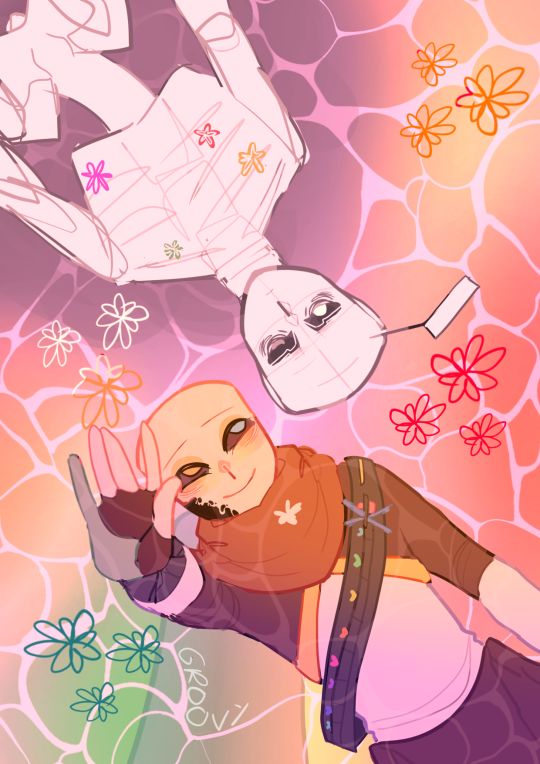
Why can’t everyone just go away. Except you, you can stay. 🎵
I’m very mentally ill about the relationship between Doodle ( Past Ink ) and Ink. Very ever so unhealthy in love with the idea of it, if you will…..
I swear I’ll expand on them, I have one more art I’m working on right now :3
───── ⋆⋅✦⋅⋆ ─────
* Credits
Ink and Doodle belongs to | @comyet <3
───── ⋆⋅✦⋅⋆ ─────
#mdraw#ink sans#doodle ink#hollow!ink#doodle!ink#DoodInk#< implied#ink!tale#ink!sans#ink utmv#utmv fanart#outcode#outcode ink#undertale au#outcode sans#I have no idea what to tag this as#implied selfcest#because welcome to the utmv community
589 notes
·
View notes
Text

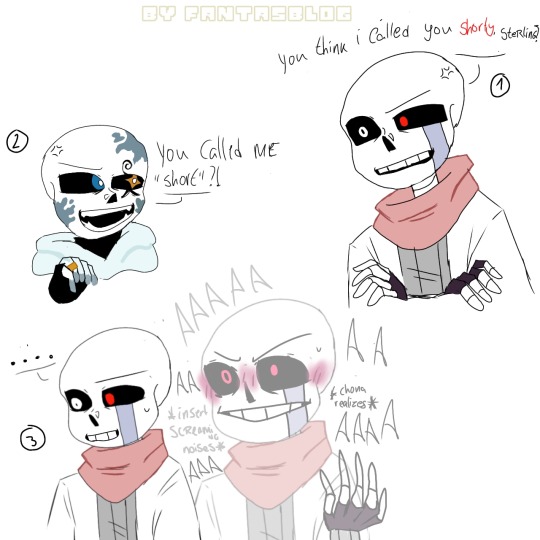


Short comic of chona and sterling
Chona is actually simp for steling- *cough*
Character and belongs:
Chona (psycho x naga shipkid - strawmint shipchild) by Me
Sterling (gink shipchild - gin x ink shipchild) by @dreemurr-skelememer
(Sorry u ping and I hope you liked it qwq)
Art by me
#chona#sterling#undertale au art#undertale drawings#undertale au#gink ship#gink#strawmint ship#undertale shipkid#utmv au#utmv comic#my art#mdraw#undertale multiverse#chona is actually simp for sterling- *cough*#*cough*#fanchild#fan children
46 notes
·
View notes
Note
*I grab you by rhe neck and shake you violently(/aff ofc)*
SHOW INK LUST AND NIGHTMARE I WANNA SEE EM
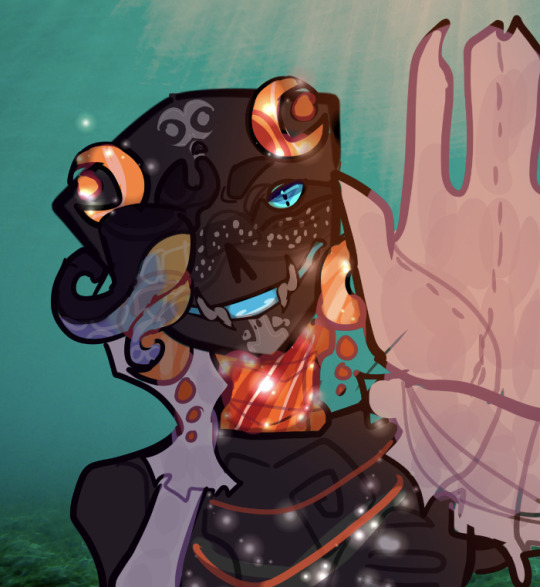
“Oh darling.. why do you need them when you have me ?„
‧˚₊꒷꒦︶︶︶︶︶꒷꒦︶︶︶︶︶꒦꒷‧₊˚⊹
* The ref of Nightmare is out ! Go check it here <3
* As for Ink and Lust, they’re being done and should come out soon ^w^!
26 notes
·
View notes
Photo


season 3 jon/georgie dynamic is so good & i rather think he has a concerning lack of smooches in his life
#the magnus archives#jongeorgie#jonathan sims#georgie barker#georgina barker#jon sims#j.sims#g.barker#magpod#tma#mag#mdraw#my art#the only m/f ship in my heart
2K notes
·
View notes
Text
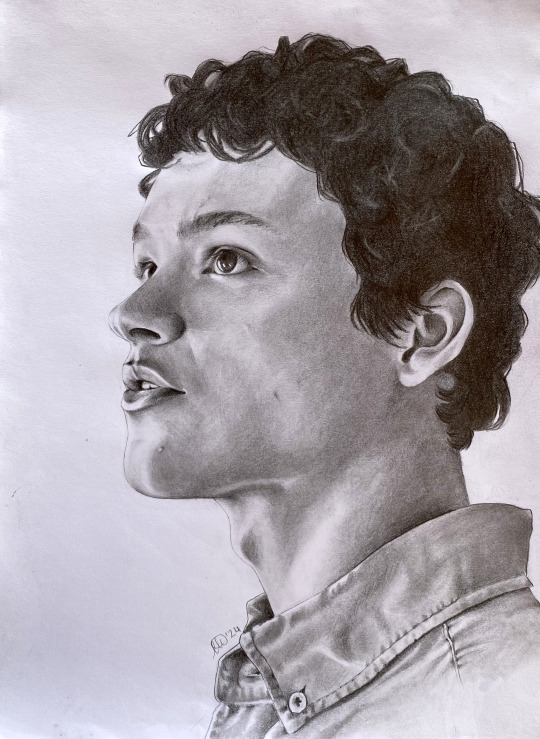
#disney princess ass eyes#next up: wille!#this is what my regularly scheduled blogging has been compromised by btw#apparently i'm making up for a decade of not drawing#young royals#young royals spoilers#simon eriksson#mdraws
142 notes
·
View notes
Photo
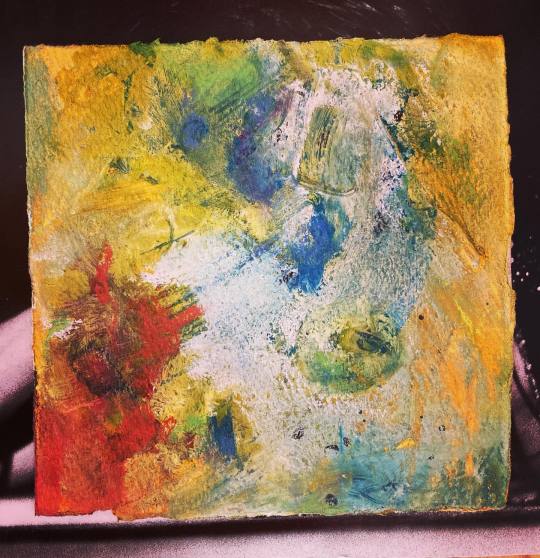

M-Draw #401
0 notes